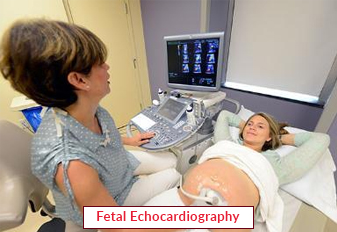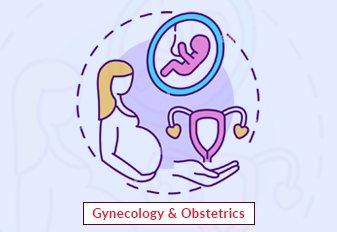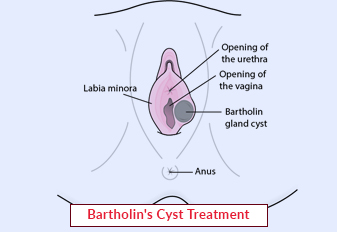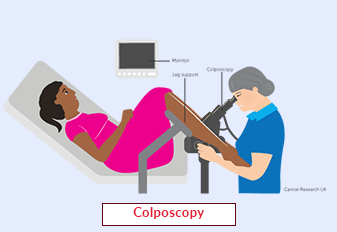Fetal Echocardiography

Fetal echocardiography is a specialized imaging technique that allows healthcare providers to evaluate the structure and function of a developing baby's heart during pregnancy. It uses ultrasound technology to create detailed images of the fetal heart, providing valuable information about its anatomy and detecting any potential heart abnormalities. This article provides an overview of fetal echocardiography, its purpose, and the procedure involved.
Fetal echocardiography is a non-invasive procedure that uses sound waves to generate images of the fetal heart. It is performed by a trained healthcare professional, typically a specially trained obstetrician or a pediatric cardiologist. The procedure involves applying a gel on the mother's abdomen and using a transducer to emit sound waves that bounce off the fetal heart, creating real-time images on a monitor.
Book an AppointmentAbout Fetal Echocardiography
The primary purpose of fetal echocardiography is to assess the structure and function of the fetal heart and detect any potential abnormalities or congenital heart defects. It helps healthcare providers identify conditions such as:
-
Septal defects (holes in the walls of the heart)
-
Valve abnormalities
-
Abnormalities in the major blood vessels
-
Cardiac rhythm disturbances
-
Complex congenital heart defects
By identifying these conditions before birth, healthcare providers can plan appropriate medical interventions and develop a comprehensive postnatal care plan for the baby.
Procedure of Fetal Echocardiography
The procedure for fetal echocardiography generally follows these steps:
-
Positioning: The pregnant individual will lie down on an examination table, and a gel will be applied to the abdomen to facilitate the transmission of sound waves.
-
Transducer placement: The healthcare provider will use a handheld transducer and move it gently across the abdomen to obtain images of the fetal heart. They may use different angles and techniques to visualize specific structures.
-
Image acquisition: The transducer emits sound waves, which bounce off the fetal heart and surrounding structures. These echoes are then converted into images displayed on a monitor in real-time.
-
Evaluation: The healthcare provider will carefully analyze the images, assessing the structure and function of the fetal heart. They will look for any abnormalities or signs of potential heart conditions.
-
Documentation and reporting: The findings from the fetal echocardiography will be documented, and a detailed report will be provided to the pregnant individual and their healthcare team.
Require Assistance?
Get A Quick Callback From Our Healthcare Experts






